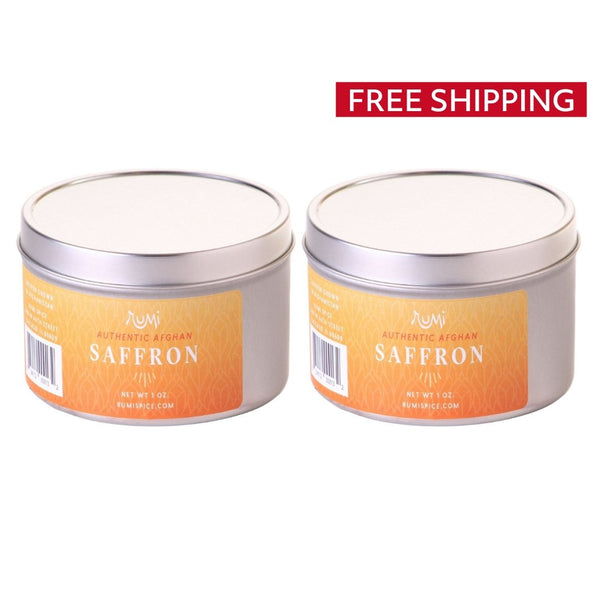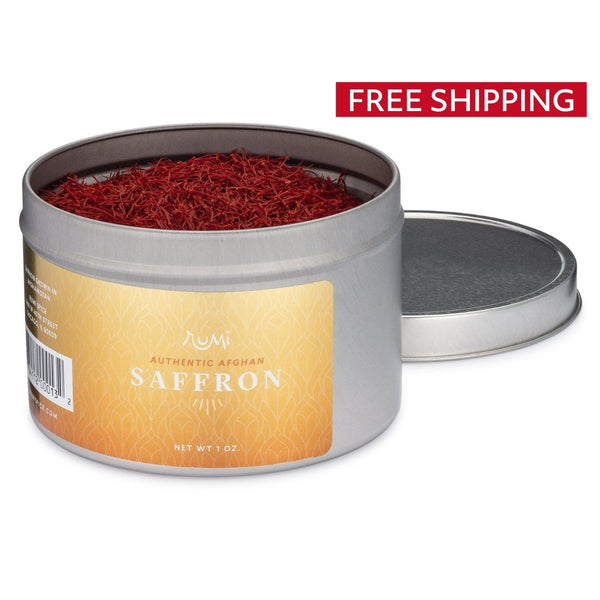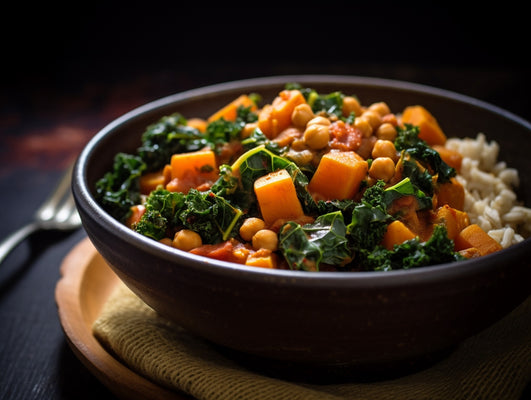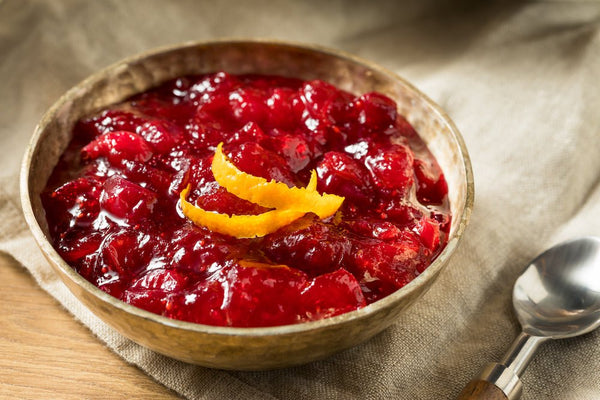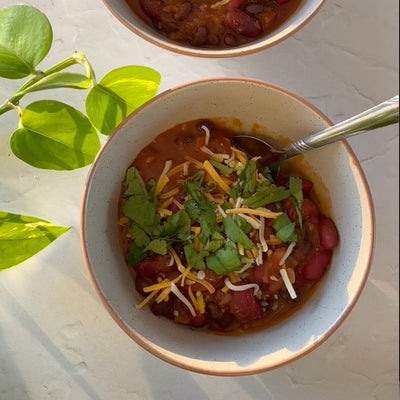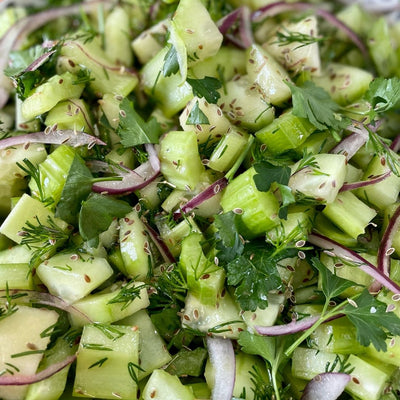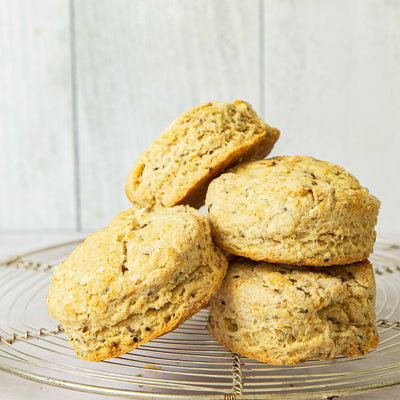The Magic of Ratatouille with Rumi Spice Saffron: A Late Summer Feast
Ratatouille is more than just a way to use up vegetables—it’s a celebration of the season. Late summer is when the produce is at its peak. The eggplants are firm, the tomatoes are bursting with juice, and the peppers are vibrant and sweet. It’s a time to savor the last of the summer bounty before fall sets in. And when you add saffron to the mix, you’re not just making a dish—you’re creating a memory.
Saffron brings warmth to the dish, which is perfect for those cooler late-summer evenings. It’s a reminder that while the season is changing, there’s still so much to enjoy. This ratatouille is comfort food with a twist—a dish that feels familiar but excitingly different, thanks to the saffron.

Saffron is the King of Spices
Let’s talk about saffron. It’s not just any spice; it’s the king, the emperor, the elusive and expensive gold of the culinary world. There’s a reason saffron has been prized for thousands of years—it’s the magic dust that can transform a simple dish into something transcendent. And when it comes to saffron, Rumi Spice is the name you need to know.
Rumi Spice’s saffron isn’t your run-of-the-mill stuff. This saffron is hand-harvested in Afghanistan, grown in the very soil that’s seen empires rise and fall. The saffron from Rumi Spice is deep red, potent, and fragrant—everything saffron should be. It’s not just a spice; it’s a story. It’s a connection to a land rich in history and culture. And when you cook with it, you’re not just making a meal; you’re creating a narrative on your plate.
The Beauty of Ratatouille: A Late Summer Symphony
Now, let’s bring this home with ratatouille, a dish that’s as much a celebration of vegetables as it is a work of art. Picture this: late summer’s bounty of eggplants, zucchini, tomatoes, and peppers, all harmonizing together in a glorious, vibrant mess. Ratatouille isn’t about perfection—it’s about letting the ingredients speak for themselves. It’s about coaxing out the natural sweetness of each vegetable, layer by layer, until you have a dish that’s greater than the sum of its parts.
But here’s the kicker—saffron. When you add Rumi Spice saffron to ratatouille, you’re taking it from a comforting Provençal dish to a Michelin-star level experience. The saffron weaves through the vegetables, infusing them with that unmistakable earthiness and floral aroma that only the finest saffron can provide. It elevates the dish, making each bite an adventure.
Cooking with Rumi Spice Saffron: A Simple Guide
So, how do you cook with saffron? It’s not complicated, but it does require respect. Saffron is powerful, and a little goes a long way. Here’s how you do it:
Bloom the Saffron:
Before adding saffron to your dish, you need to bloom it. This isn’t a step to skip. Take a small pinch of those beautiful Rumi Spice saffron threads—about 20 threads will do—and soak them in a couple of tablespoons of warm water or broth for about 10 minutes. This releases the full flavor and color of the saffron, turning the liquid into a golden elixir.
Add it at the Right Time:
In our ratatouille, you’ll add the bloomed saffron near the end of the cooking process. The heat will help the saffron fully infuse into the dish, but you don’t want to overcook it. Saffron is delicate, and like all good things, it needs a gentle touch.
Let it Shine:
Saffron isn’t a background player; it’s the star. Don’t drown it out with too many other strong flavors. Ratatouille is the perfect canvas because it’s all about balance. The saffron will add depth without overwhelming the freshness of the vegetables.
Ratatouille with Saffron: A Step-by-Step Journey
Now that we’ve covered the basics, let’s dive into how to make this masterpiece. Ratatouille is all about patience. You’re not just tossing vegetables in a pan and calling it a day. No, you’re coaxing out the best in each one. Here’s how you do it, step by step:
Prep Your Vegetables:
Start by cutting your eggplant, zucchini, tomatoes, and peppers into even, bite-sized pieces. This ensures they cook evenly. Sprinkle some salt on the eggplant and let it drain for 20 minutes. This gets rid of the bitterness and keeps it from soaking up too much oil later.
Cook in Stages:
Heat olive oil in a large skillet and start with the eggplant. Get it nice and tender, then set it aside. Do the same with the zucchini. Each vegetable deserves its own moment of glory. You’re building layers of flavor here, so don’t rush it.
Onions and Peppers:
Next, soften your onions and peppers. Let them get nice and sweet before adding the garlic. Garlic always comes in at the end—burnt garlic is the enemy of good food.
Bring it Together with Tomatoes and Saffron:
Now comes the moment of truth. Add your tomatoes, red pepper flakes, thyme, and that beautiful saffron liquid you prepared earlier. Let everything simmer together until the tomatoes break down and the flavors meld into something sublime.
Finish with Fresh Herbs:
Just before serving, stir in fresh basil. It’s the finishing touch that brightens up the dish and adds a final layer of freshness.


